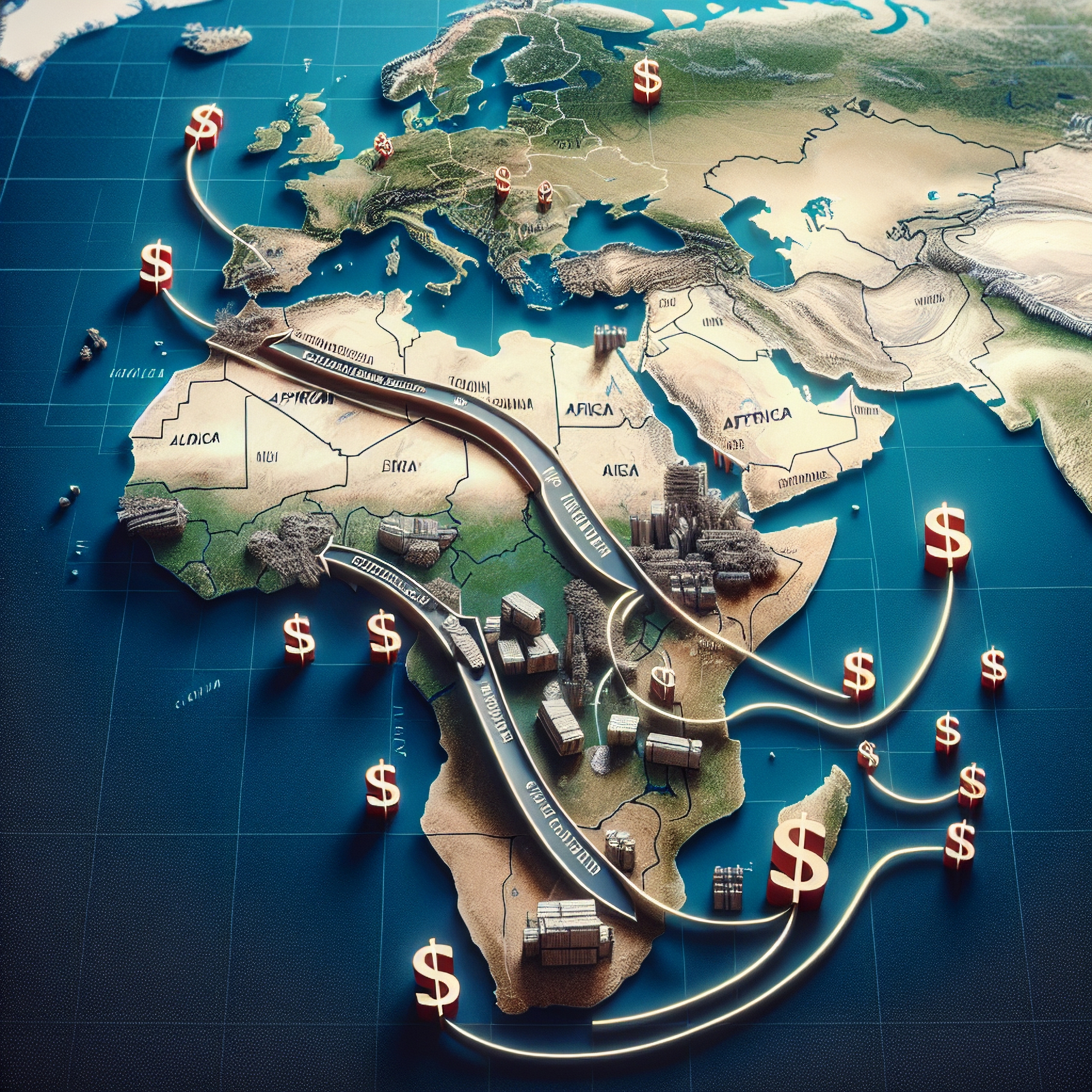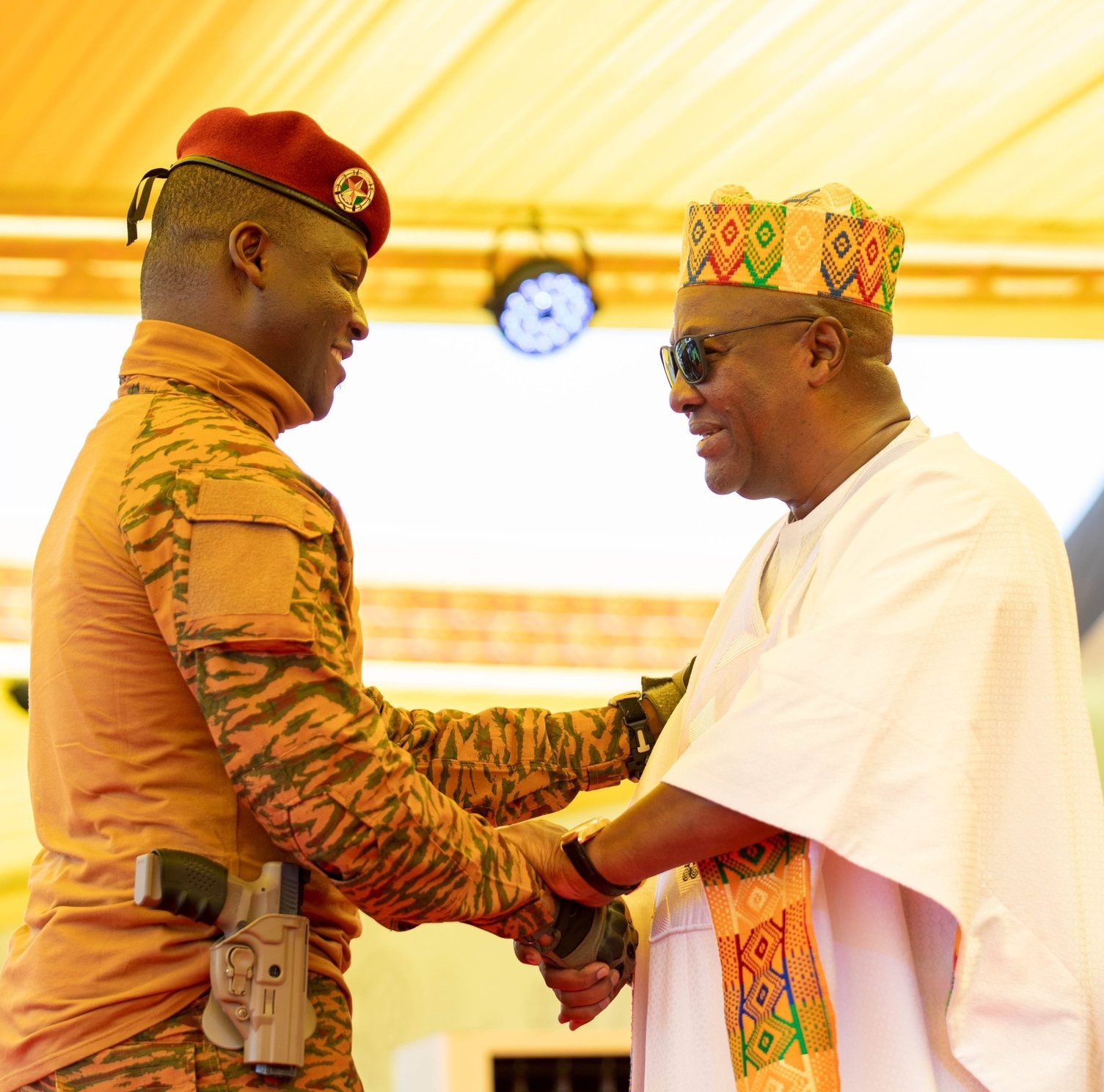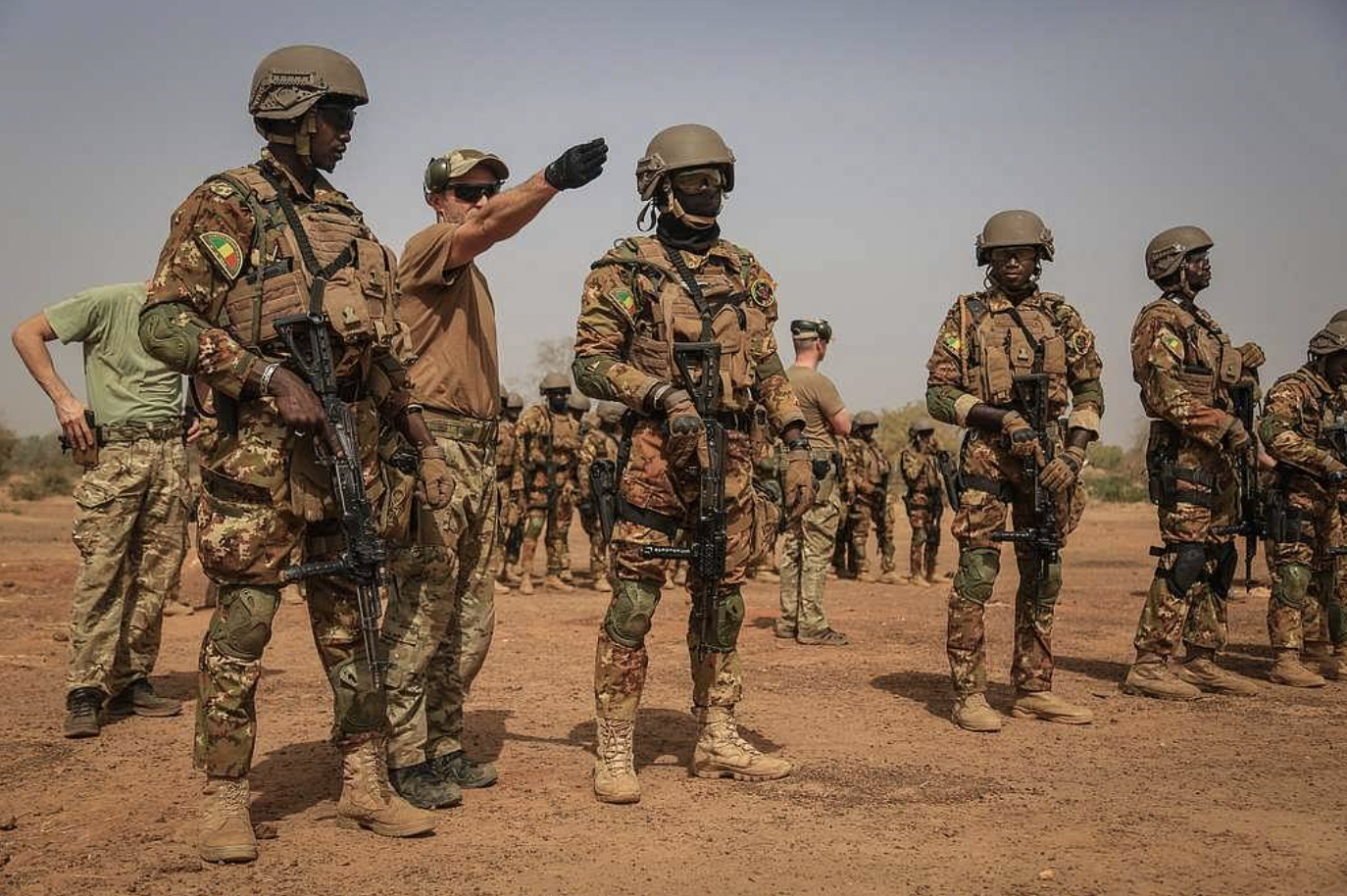G7: Promises and tangible progress

This year’s G7 summit has just concluded in the Bavarian Alps against a backdrop of global geopolitical and economic upheaval caused by Russia’s invasion of Ukraine. The agenda was largely dominated by discussions around the sanctions imposed on Russia, spiralling inflation, global food shortages, and rising energy costs, while climate change took a backseat in the face of shorter-term priorities.
Senegalese President and AU Chairperson Macky Sall joined the talks, warning African countries are “caught between the hammer of war and the anvil of sanctions”. Meanwhile, South African President Cyril Ramaphosa called on the G7 to assist the continent’s economies in becoming more self-reliant, particularly vis-à-vis fertiliser production and food security.
Towards the end of the summit, the G7 announced USD 4.5 billion to fight world hunger – a step in the right direction but well short of what’s needed given the growing number of human and climate-induced food crises around the world. In the Horn of Africa, over 18 million people “are already on the verge of starvation, about half of them children”, according to the International Rescue Committee. The Sahel and West Africa are facing their worst food crisis in a decade, with more than 40 million people going hungry.
Partnering for infrastructure
For Africa and other developing regions, the summit’s key announcement was the formal launch of the Partnership for Global Infrastructure and Investment (PGII) – “a values-driven, high-impact and transparent infrastructure partnership to meet the needs of low and middle-income countries.” It will specifically invest in climate and energy, digital infrastructure, health systems, and to advance gender equality and equity.
Africa is set to be the main beneficiary of the PGII, which is a direct response to – and rebuttal of – China’s Belt and Road initiative. The US-led initiative aims to mobilise USD 600 billion in public and private funds by 2027, with the EU mobilising EUR 300 billion (USD 317 billion) as part of its Global Gateway and the US USD 200 billion.
The US has already showcased several flagship projects. These include: a USD 2 billion solar project in Angola; USD 3.3 million in technical assistance grants to the Institut Pasteur de Dakar; a target of investing USD 50 million over five years in the World Bank’s new global Childcare Incentive Fund; as well the award of a USD 320 million healthcare infrastructure project in Côte d’Ivoire to a US firm.
Meanwhile, much of the money already announced by the EU as part of the Global Gateway amounts to the repackaging of existing financial commitments. The bloc aims to mobilise an investment package of USD 150 billion specifically for Africa under the framework.
Unpacking geopolitical agendas
The PGII and Global Gateway are both couched in West-versus-China rhetoric and are driven primarily by geopolitical considerations – a zero-sum approach that downplays African countries’ agency. This risks further entrenching the continent’s status as an arena for geopolitical competition. Seen via the lens of the PGII, African countries do remain between the hammer and anvil. Employment and job creation on the continent appear to be secondary priorities.
The mobilisation of billions of dollars each year will be highly contingent on crowding in private sector investment, incentivised by guarantees and de-risking instruments. As part of its EUR 300 billion target, the EU aims to mobilise EUR 135 billion via EUR 40 billion in EU-provided guarantees – a ratio of 3.4 and a reasonable target that is much lower than previous schemes.
Demystifying risk, boosting credibility
Attracting billions of dollars from institutional investors and private investors for Africa, however, is a major challenge that Western donors have struggled to overcome, in part due to (misplaced) perceptions about risk on the continent. The current global economic uncertainty and likelihood of a global recession mean catalysing private sector capital is particularly tricky at the moment.
Ultimately, the PGII will be judged on how much it manages to mobilise, invest and how quickly transformative projects accelerate sustainable development. If all goes to plan, the PGII will go a long way in helping close Africa’s infrastructure financing gap, estimated at around USD 100 billion a year by the African Development Bank.
But it faces multiple credibility challenges, particularly in the context of previous pledges. As a whole, OECD donors have repeatedly failed to meet the 0.7% aid target, allocating less than half of their gross national income in recent years. Similarly, the 2009 commitment by wealthy countries to mobilise USD 100 billion a year in climate finance for developing economies by 2020 has gone unmet, and appears unlikely to be reached this year.
About the Author
Elliott O’Carroll is a senior consultant at Africa Practice specialising in Francophone Africa. He can be contacted at [email protected]
Image source: John MacDougall/AFP/Getty Images
Proud to be BCorp. We are part of the global movement for an inclusive, equitable, and regenerative economic system. Learn more


